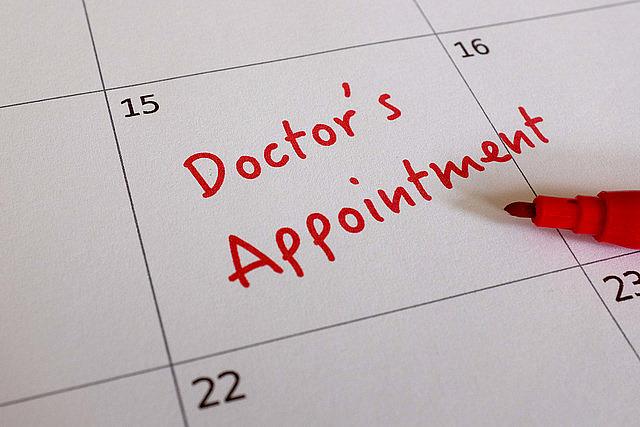When it comes to follow-up doctor visits, the variation is wide and evidence slim

Often we raise questions about the value of high tech, expensive specialty services, but we also frequently ask whether all the services we provide as primary care clinicians — screening tests, routine physicals, and other items from the Choosing Wisely campaign — improve care.
This recent JAMA article, which has gotten a lot of attention, raises questions about one of the most basic things we do as clinicians: patient visits. The article asks the question, What is the appropriate follow-up interval for patients?
The answer, of course, is that it depends on the situation. But what struck us about this article was how little is known about this topic. It is clear there are few evidence-based answers here. But we know from the Dartmouth Atlas of Health Care and other data sources that there is a wide variation in how frequently clinicians see their patients, and more frequent visits often do not correlate with better outcomes. In fact, visit frequency seems to be driven most strongly by payment structure, with fee-for-service systems resulting in shorter visit intervals.
Another important message from this article is that there is an opportunity for us to be more efficient as clinicians and to make accessing health care easier for patients by providing more telephone care, email, and patient portal communication. We recently learned that in the Kaiser system, approximately half of patient touches are by phone or portal.
If you have the time, take a look at this article, not because it provides any clear answers but rather because it will get you thinking about whether doctors can provide a bit more of patient care by phone or portal and email. We have found that patients are incredibly appreciative when you call them with test results rather than schedule a follow up visit, which has the added benefit of making our job as clinicians even more rewarding!
**

Top image by Oliver Symens via Flickr.


